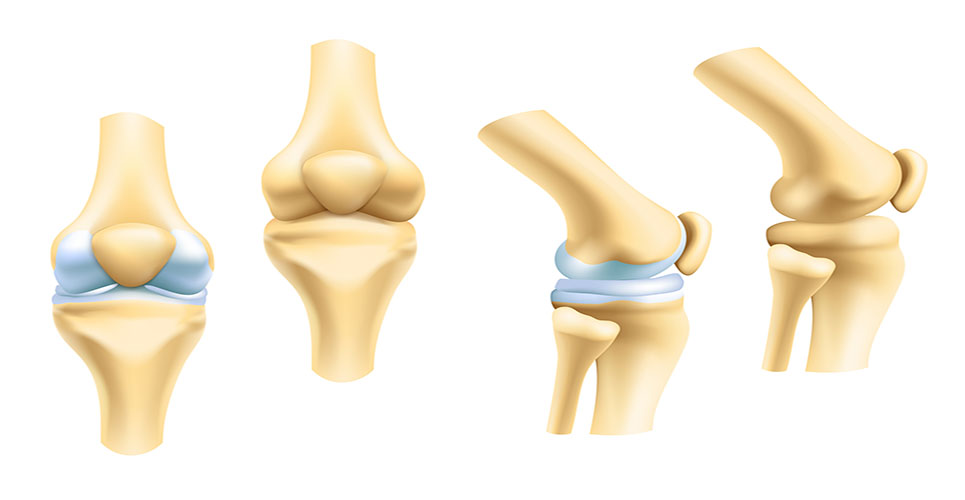teaser
It is a waste of time and money to monitor the bone density in older women taking osteoporosis drugs, a study claims.
Osteoporosis is a reduction in the bone mineral density (BMD) that can increase the risk of fractures. It is a major problem for older women in particular because bone density falls as oestrogen levels drop away during the menopause.
Previous advice has called for the bone density of postmenopausal women to be monitored to understand how a patient is responding to treatment by osteoporosis drugs. But some experts labelled the practice costly and unnecessary.
Scientists in Australia and the US looking into the debate have studied a trial involving more than 6,000 women to estimate how much the effects of alendronate – a widely-used osteoporosis drug – differed between individuals.
The research, published in the British Medical Journal (BMJ), found that almost all (97.5%) of those treated with alendronate showed at least a “modest” increase in their bone mineral density – and this effect did not vary much between individuals.
Their conclusion was that monitoring individuals’ responses to treatment was unnecessary and, because of the potential to mislead, best avoided.
Commenting on the study, Juliet Compston, professor of bone medicine at the University of Cambridge, said monitoring during the first few years of treatment “cannot be justified because it may mislead patients, lead to inappropriate management decisions, and waste scarce healthcare resources”.
Copyright Press Association 2009

